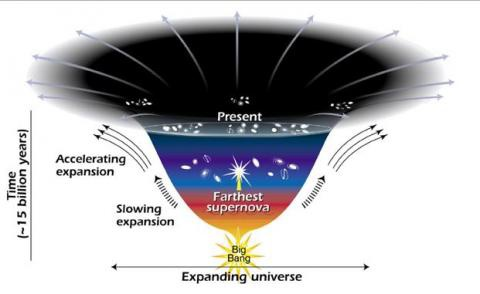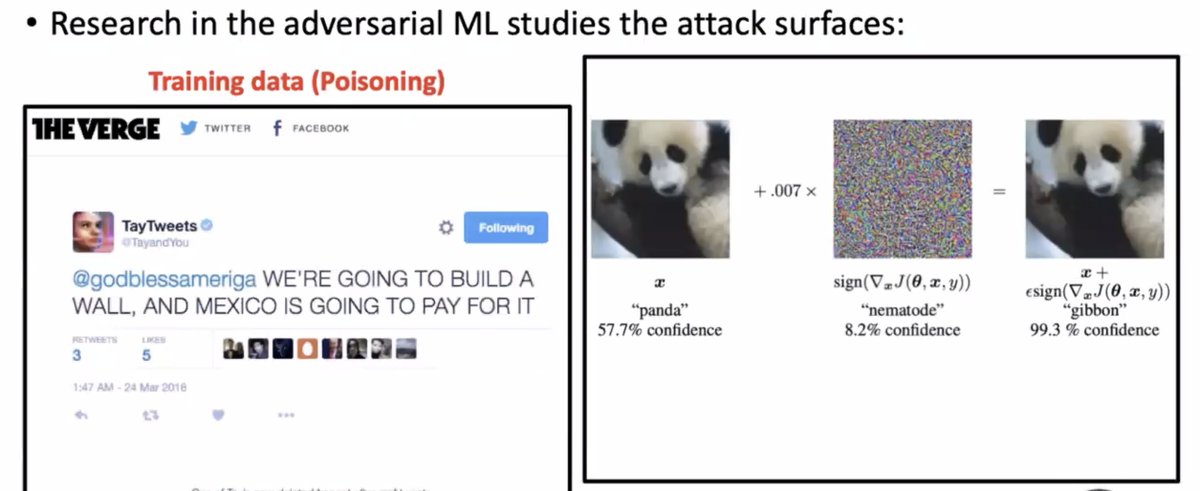"Global exposure and vulnerability to multi-sector development and climate change hotspots" https://t.co/zEyCX8SFug
— anlomedad (@anlomedad) August 21, 2020
Clip 2/2 of the paper's abstract as video. (Great #scicomm!)
It explains risks and people's vulnerability at 1.5C, 2C and 3C in world regions by 2050. pic.twitter.com/X55YB0hfwu
What @ClimateBen says is best available science, not fringe opinion. Sources below. And it doesn't happen suddenly AT the end of the 40s. It has already begun and worsens over time. It's a train wreck in slow motion with suffering and deaths and global destabilisation and fascism
Did you know that extreme abrupt climate change heat waves are projected to impact more than 3.5 billion people by the end of the 2040s including some which will be unsurvivable without air conditioning or do you get your news from the front pages of profit-maximising newspapers?
— Ben See (@ClimateBen) December 5, 2020
We can lower the impact only in global solidarity
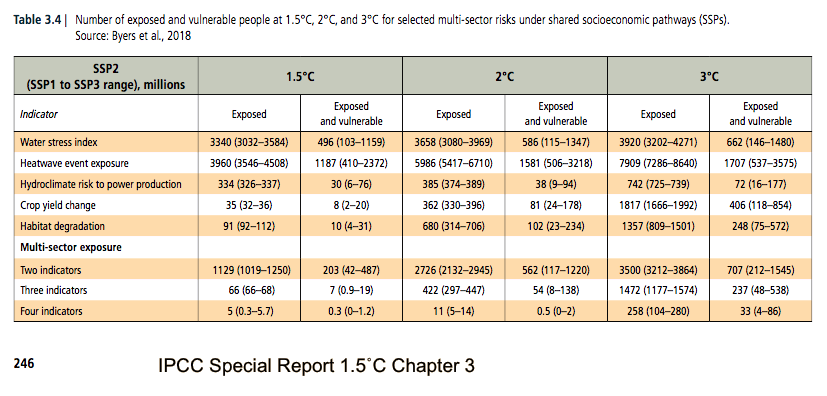
But it doesn't show how global solidarity and alleviating poverty from today onwards can significantly lower vulnerability
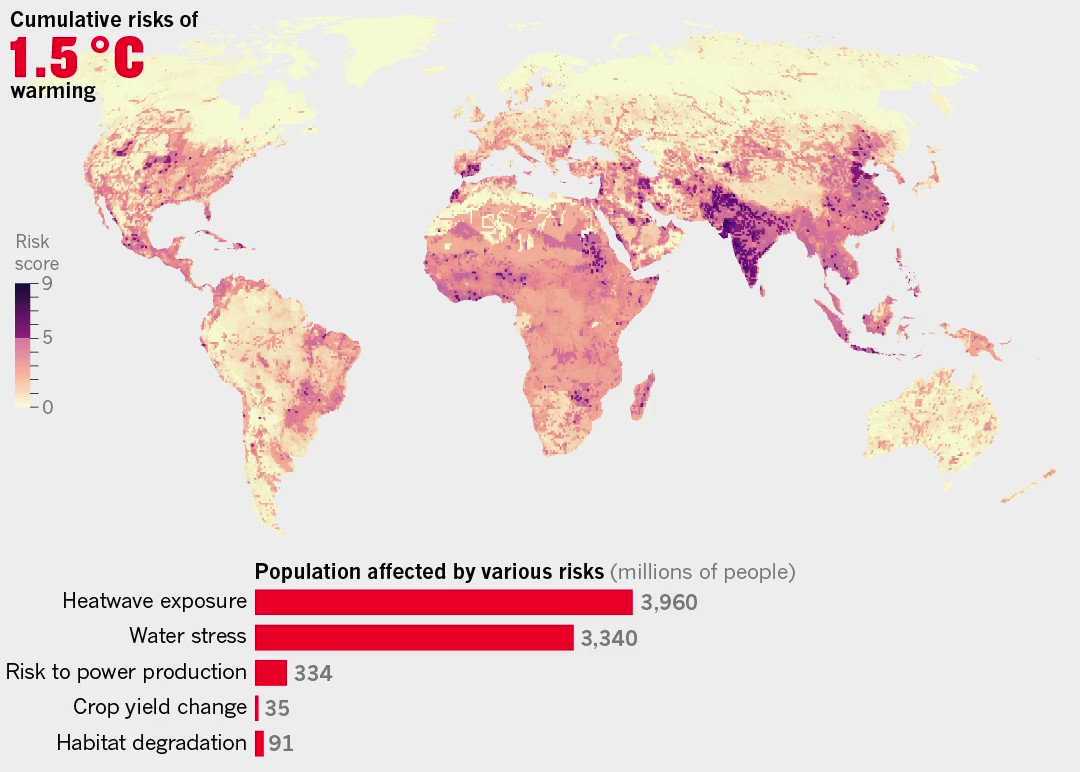
IMO, this info should be on newspapers' frontpage everyday as a constant warning where we're headed if we continue to hope for incremental efficiency improvements to our current system setup
Climate change will affect HUNDREDS of millions with impacts like floods, heatwaves, and drought - these places at risk are aka #HOTSPOTS \U0001f525
— Edwards Byers (@EdwardByers) October 27, 2020
\u2b07\ufe0f\U0001f9f5 on our new Global Hotspots Explorer \U0001f4e2https://t.co/tuPmqzLeIN
Partnership: @IIASAVienna @theGEF @UNIDO pic.twitter.com/LSCREyuok2
More from Science
You May Also Like
The UN just voted to condemn Israel 9 times, and the rest of the world 0.
View the resolutions and voting results here:
The resolution titled "The occupied Syrian Golan," which condemns Israel for "repressive measures" against Syrian citizens in the Golan Heights, was adopted by a vote of 151 - 2 - 14.
Israel and the U.S. voted 'No' https://t.co/HoO7oz0dwr
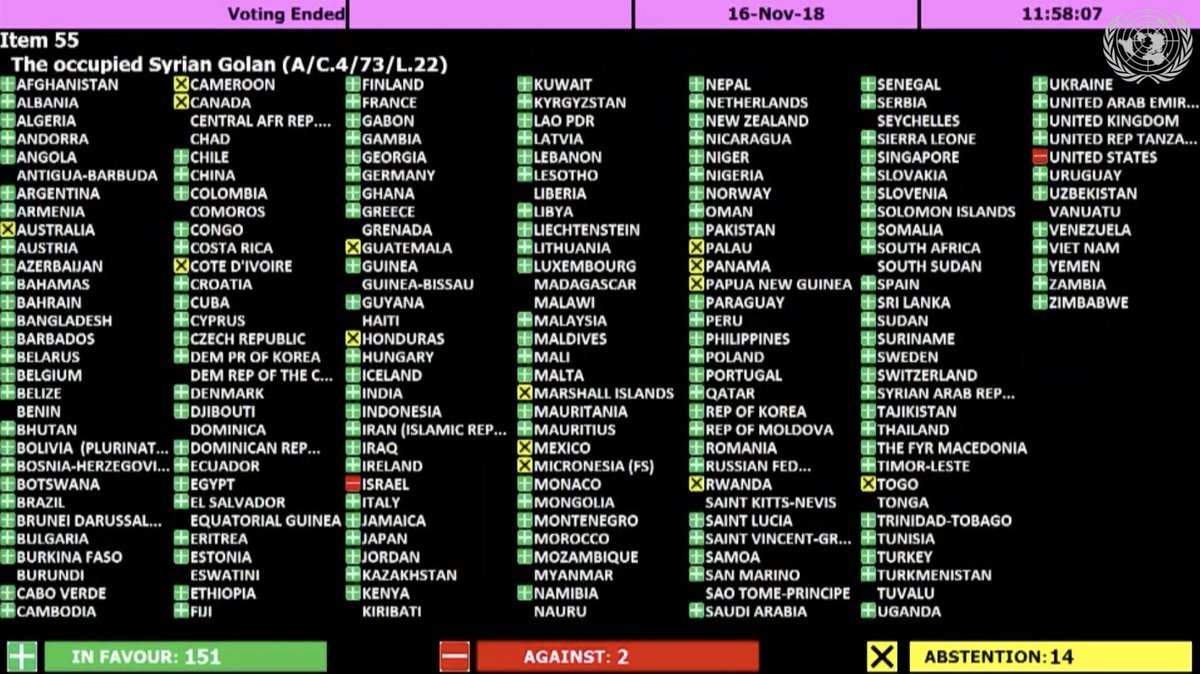
The resolution titled "Israeli practices affecting the human rights of the Palestinian people..." was adopted by a vote of 153 - 6 - 9.
Australia, Canada, Israel, Marshall Islands, Micronesia, and the U.S. voted 'No' https://t.co/1Ntpi7Vqab
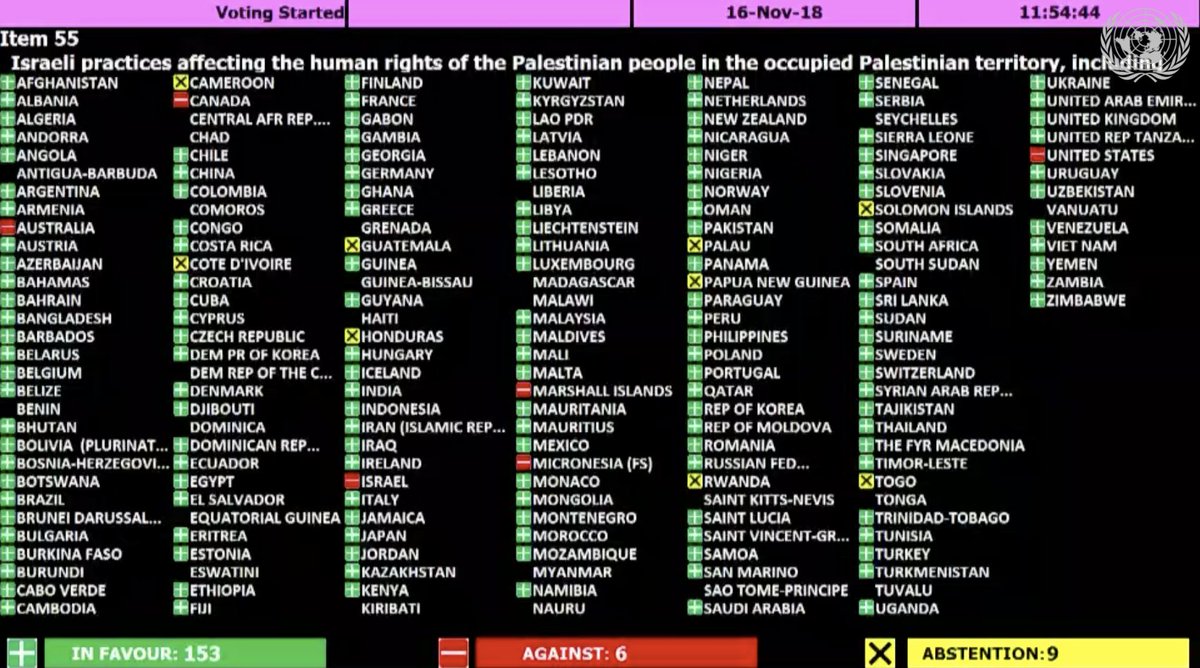
The resolution titled "Israeli settlements in the Occupied Palestinian Territory, including East Jerusalem, and the occupied Syrian Golan" was adopted by a vote of 153 – 5 – 10.
Canada, Israel, Marshall Islands, Micronesia, and the U.S. voted 'No'
https://t.co/REumYgyRuF
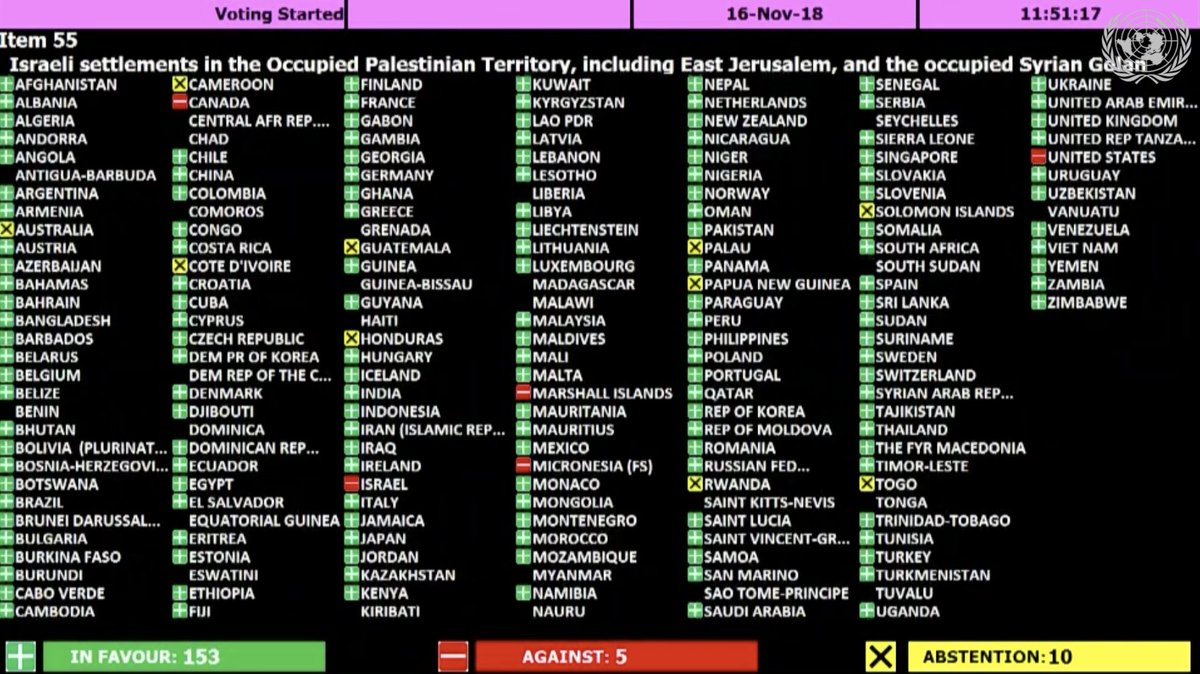
The resolution titled "Applicability of the Geneva Convention... to the
Occupied Palestinian Territory..." was adopted by a vote of 154 - 5 - 8.
Canada, Israel, Marshall Islands, Micronesia, and the U.S. voted 'No'
https://t.co/xDAeS9K1kW

View the resolutions and voting results here:
The resolution titled "The occupied Syrian Golan," which condemns Israel for "repressive measures" against Syrian citizens in the Golan Heights, was adopted by a vote of 151 - 2 - 14.
Israel and the U.S. voted 'No' https://t.co/HoO7oz0dwr

The resolution titled "Israeli practices affecting the human rights of the Palestinian people..." was adopted by a vote of 153 - 6 - 9.
Australia, Canada, Israel, Marshall Islands, Micronesia, and the U.S. voted 'No' https://t.co/1Ntpi7Vqab

The resolution titled "Israeli settlements in the Occupied Palestinian Territory, including East Jerusalem, and the occupied Syrian Golan" was adopted by a vote of 153 – 5 – 10.
Canada, Israel, Marshall Islands, Micronesia, and the U.S. voted 'No'
https://t.co/REumYgyRuF

The resolution titled "Applicability of the Geneva Convention... to the
Occupied Palestinian Territory..." was adopted by a vote of 154 - 5 - 8.
Canada, Israel, Marshall Islands, Micronesia, and the U.S. voted 'No'
https://t.co/xDAeS9K1kW

So friends here is the thread on the recommended pathway for new entrants in the stock market.
Here I will share what I believe are essentials for anybody who is interested in stock markets and the resources to learn them, its from my experience and by no means exhaustive..
First the very basic : The Dow theory, Everybody must have basic understanding of it and must learn to observe High Highs, Higher Lows, Lower Highs and Lowers lows on charts and their
Even those who are more inclined towards fundamental side can also benefit from Dow theory, as it can hint start & end of Bull/Bear runs thereby indication entry and exits.
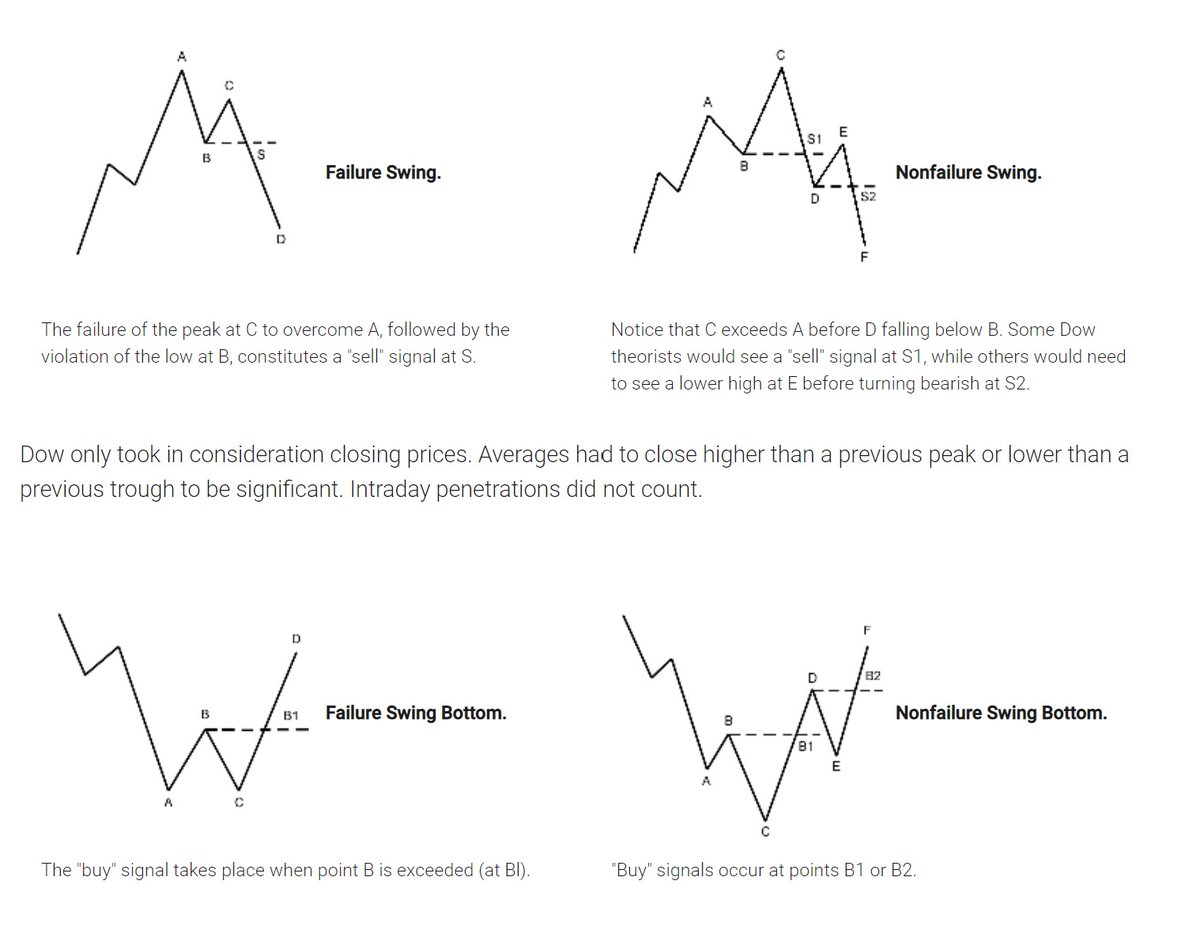
Next basic is Wyckoff's Theory. It tells how accumulation and distribution happens with regularity and how the market actually
Dow theory is old but
Here I will share what I believe are essentials for anybody who is interested in stock markets and the resources to learn them, its from my experience and by no means exhaustive..
First the very basic : The Dow theory, Everybody must have basic understanding of it and must learn to observe High Highs, Higher Lows, Lower Highs and Lowers lows on charts and their
Even those who are more inclined towards fundamental side can also benefit from Dow theory, as it can hint start & end of Bull/Bear runs thereby indication entry and exits.

Next basic is Wyckoff's Theory. It tells how accumulation and distribution happens with regularity and how the market actually
Dow theory is old but
Old is Gold....
— Professor (@DillikiBiili) January 23, 2020
this Bharti Airtel chart is a true copy of the Wyckoff Pattern propounded in 1931....... pic.twitter.com/tQ1PNebq7d





